Many of us old school death metal fans watched the rise of zine Codex Obscurum with growing interest because it, like Glorious Times and Underground Never Dies!, represents an attempt to look back at the underground and figure out what made it as powerful as it was. Part of the answer is selectivity, which is a gentle person’s form of “elitism,” meaning that one selects quality over quantity and vigorously promotes and defends the quality. This is what zines did, what radio shows did, and what labels did, back in the day, by choosing some bands over others. The vague smell of blood in the air is the shadow of long-forgotten predation and natural selection that also shaped us as humans, which means not so much “survival of the fittest” but that all who make a meaningful contribution get kicked upstairs and everyone else is forgotten.
Codex Obscurum represents the best kind of selectivity because it targets bands of note but does so broadly, thus you avoid both the “hey kids, everything’s great!” attitude of the commercial providers and the narrow perceptual slot of the kvlt vndergrovnd. This issue advertises swamp death metal band Autopsy, second-wave crust band Doom, cavernous old school death metal band Blaspherian, multifaceted heavy metal/folk band Primordial, melodic drone metal band Sacriphyx, abrasive occult death metal band Father Befouled, Icelandic modern black metal act Svartidaudi, and several more. While not everyone may like (or admit to liking…) these acts, the spread makes it clear that both broad-minded attention to music itself and a high level of standards apply here. This explains why the editors of such a zine might want to go underground and stay there, where they are not beholden to the ugly cycle of advertising revenues and thus being asked to pimp the latest platter of re-heated Carpenters tunes spray-painted with the vaguest appearance of “metal.” Indeed, Codex Obscurum is funded entirely by user purchase price, which is why for $5 or so this arrives at your door with no ads.
For the uninitiated, this zine presents the old school zine style in every detail, which is both practical and a nice atmospheric touch. The hand-numbered issues, the xeroxed pages complete with copy artifacts, occasional typos and sometimes surly answers to perfectly reasonable questions by bands who clearly have done too much press lately, all factor in to the appeal. Use of cardstock for the cover gives this issue a more permanent feel than older photocopied heap zines had, which shows a positive advance of technology. Similarly, quite a few of these interviews seem to have occurred through email, and the use of office software to lay out the zine makes it more readable. The rest is pure old school, from the writing style which is both personal and projected into the mind of an idealized metalhead, looking for that nearly indefinable quality that makes a metal band distinguish itself as a classic in the making rather than news of the week.
The primary content for Codex Obscurum is provided by its abundant interviews, which are conducted in a familiar yet inquisitive style, like the best of Joan Didion-influenced hip journalism before it forgot the word “investigative” in its title. These questions aren’t all softballs like you would expect in a mainstream magazine, but sometimes force bands to confront their own internal struggles for self-definition. To their credit, most of the bands here rise to the occasion and reveal their thinking and intentions in the actions they have taken. The Doom interview is particularly revelatory as the interviewer walks the band through the past and makes connections to consistent patterns across their career. The Autopsy interview makes for a stunning read since it is Eric Cutler giving a candid and somewhat aggressive portrayal of where the band is and how past events shaped their present outlook. The Svartidaudi interview goes in-depth into how this band is struggling to find its own voice while under onslaught from the many trends of current black metal, despite being inspired by the best of the past (which is different from being inspired by the past alone). One oddity that would be called a “quirk” in any less just-the-music-ma’am magazine is the lengthy interview with the creator of the RPG Cave Evil, which accompanies the amazing artwork from that game with a nearly existential exploration of the purpose of RPGs themselves.
Disingenuous.
You cannot defile nuns
While wearing sweatpants.
The sizeable block of reviews at the back of Codex Obscurum show where this zine is determined to keep its hand in the current music industry. Any band that is roughly connected to old school death metal and black metal, with a wide spread because of open-mindedness, qualifies for inclusion here. These reviews take a conversational outlook which seems too removed from the music at first except when you realize that it’s gonzo journalism of the first order. When writing about metal, don’t pretend you are not a metalhead; it’s a lie. Further, think of what you like and then extrapolate to what others like. It helps them shop for music. It also avoids troubling pretense and complications as reviewers try to get more “in depth” and end up producing thousand-word inspections that result in no clear conclusions. Here, the conclusions are clear — in fact, one section even puts them in Haiku form — and give roughly the kind of synopsis one would get from an experienced record store owner, label head or producer, issuing forth a rough summary of the band, its importance and its staying power and audience, in about a sentence each.
For the past several issues, Codex Obscurum has reserved its final pages for experimental content. In this case, it is facially an inspection of why a famous metal musician flaked on an interview… and beneath the waves, a deft revelation of the disintegration of the underground into warring self-interested parties while no one keeps their eye on the wheel or the road. That leaves the future of the genre up in the air, since everyone is too busy cashing in to steer, and the results are about as you might expect: all the has-beens in warmed over hardcore, emo and indie rock bands have rushed through the breach and set up shop making parasitic versions of the older material, except nowhere near as good. Codex Obscurum shows a good way to reclaim the past of the underground for the future, namely to start paying attention to the steering again and to be unafraid to be selective and to not give reasons why some bands simply suck. Just be honest. The editors and writers here have given it their best shot and it makes for not only informative and entertaining reading, but a glimpse into the old days without the smarmy fug of solicitous nostalgia for marketing purposes that normally hangs around such ventures.
5 CommentsTags: bill connolly, codex obscurum, death metal, j.r.doyle, janssen mccormick, josh staples, kevin ord, marcus frattura, mark richards, mike shea, peter blue, review, ryan adams, s. smith, zine
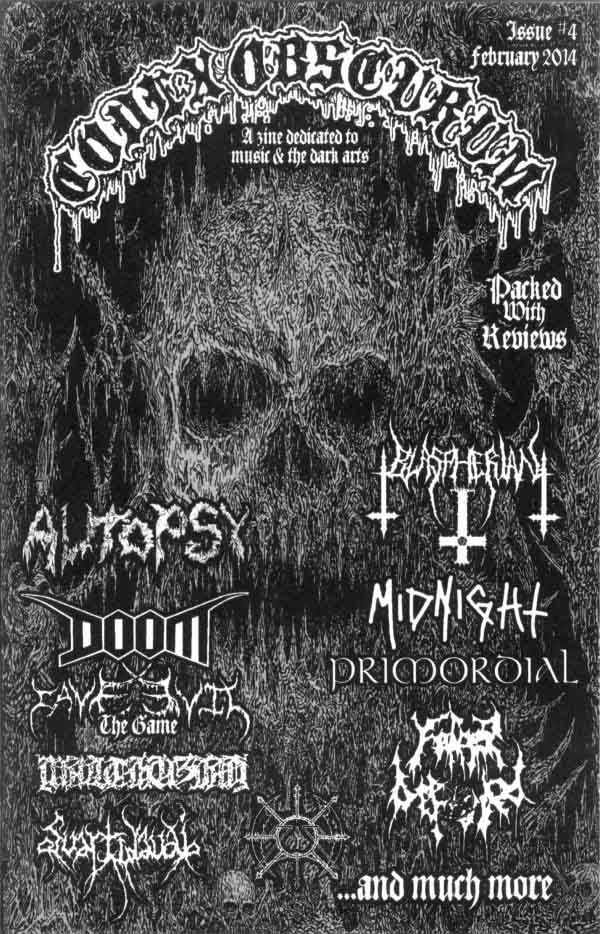
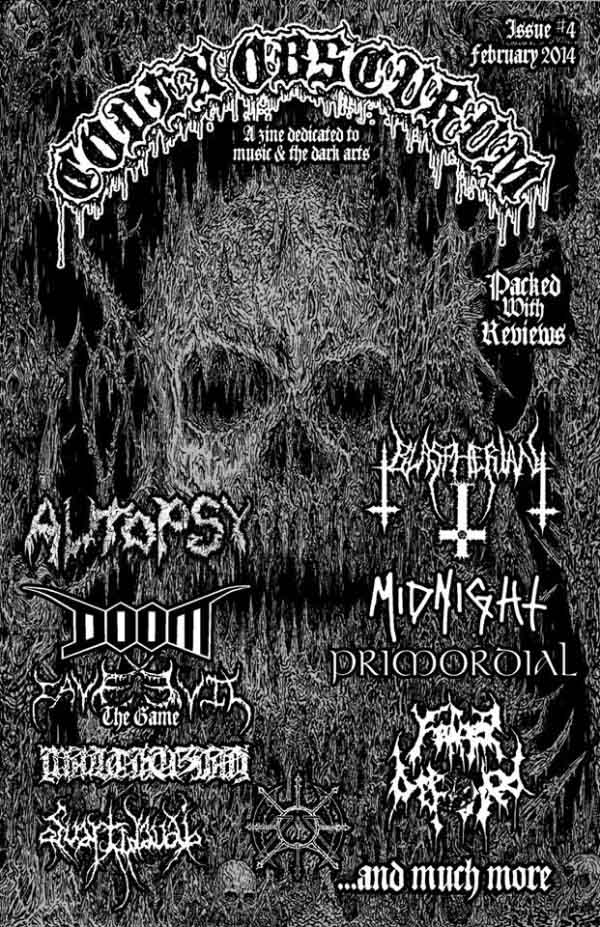
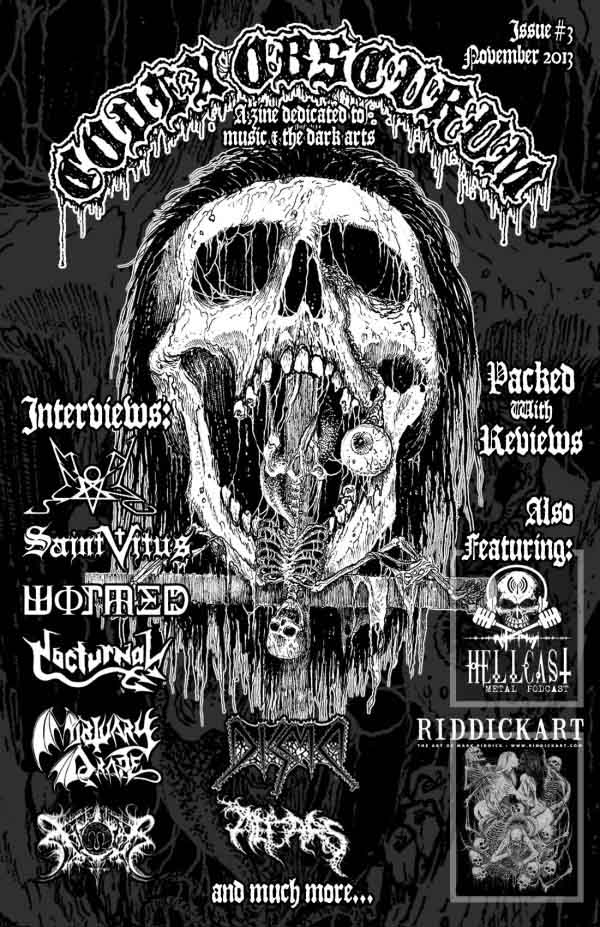
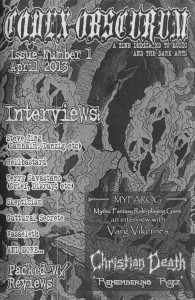
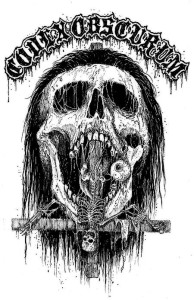
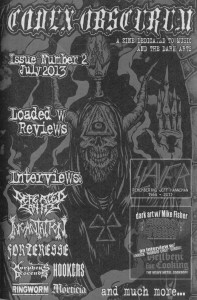
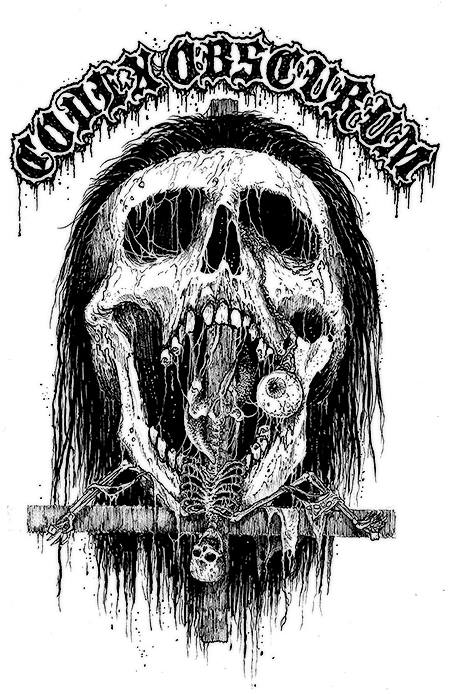

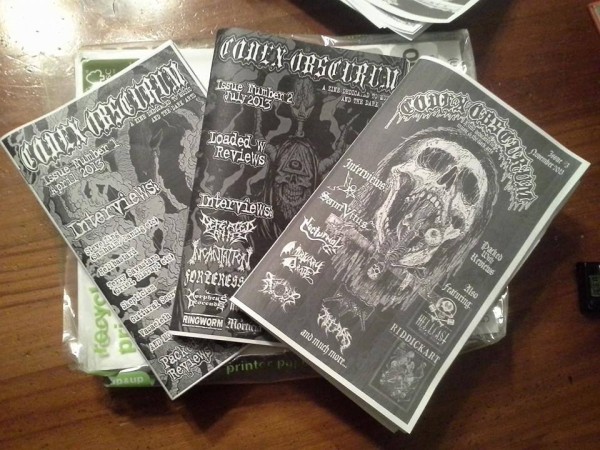
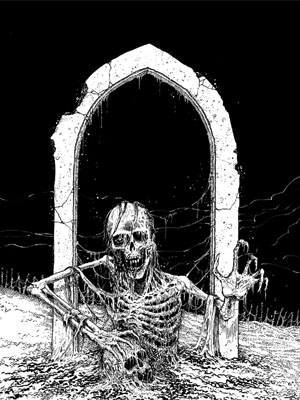
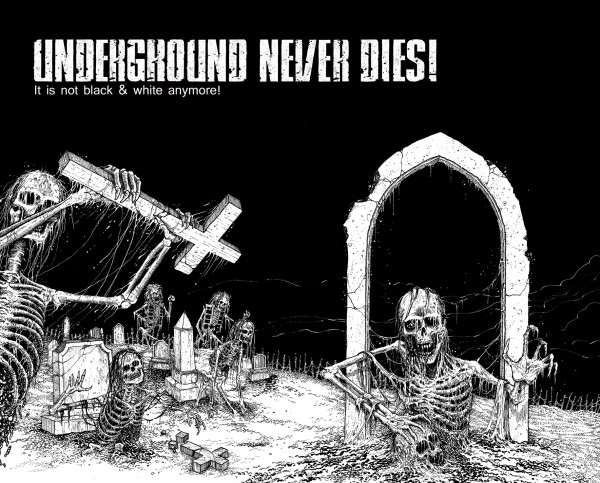
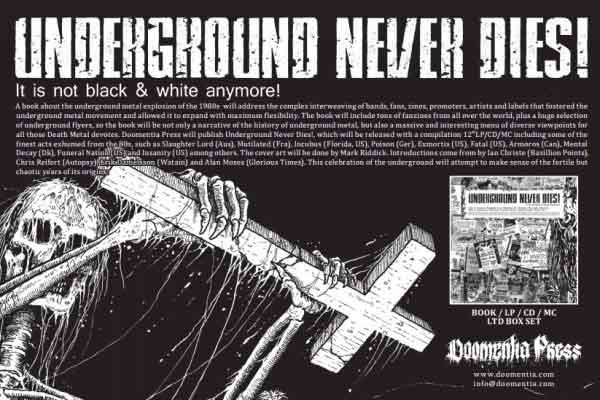
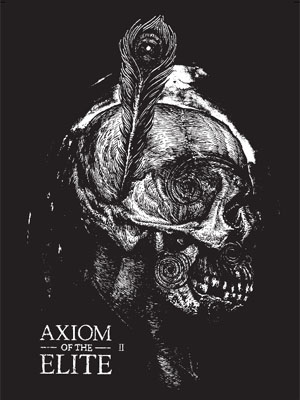
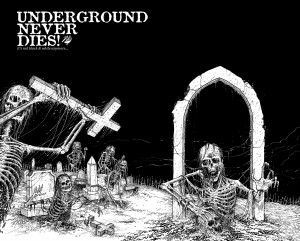
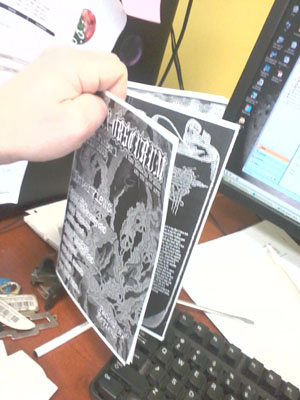 Since the introduction of
Since the introduction of 
